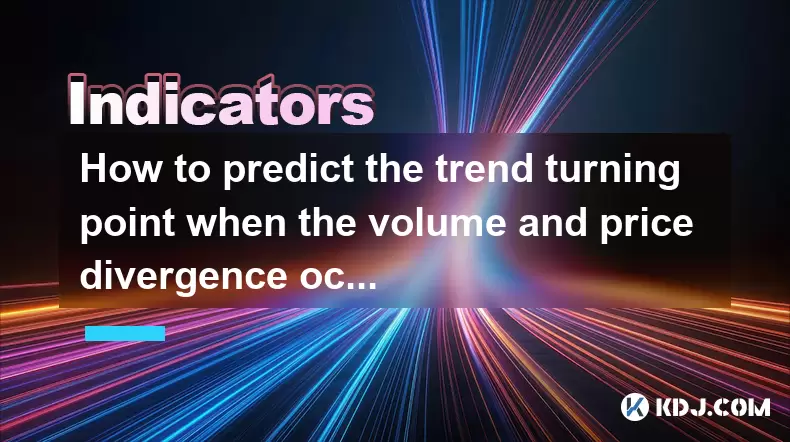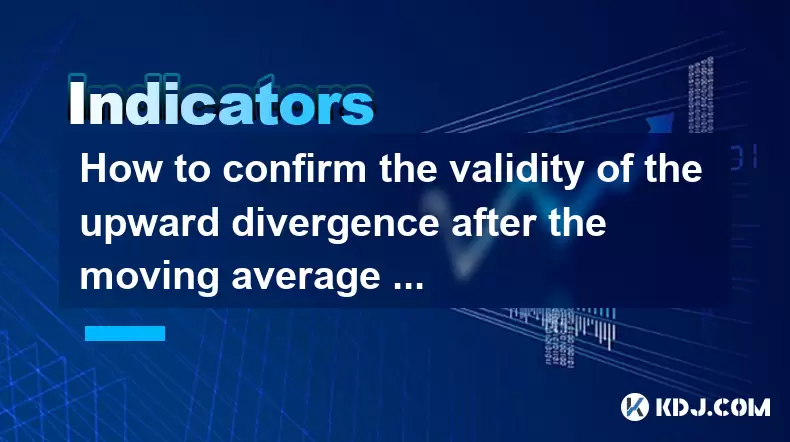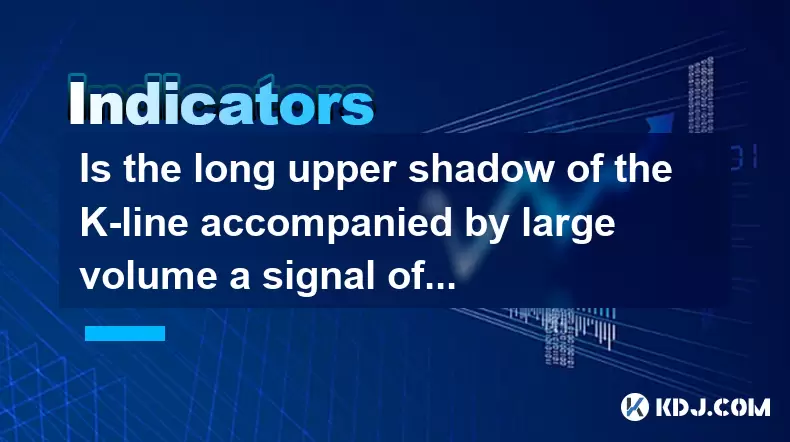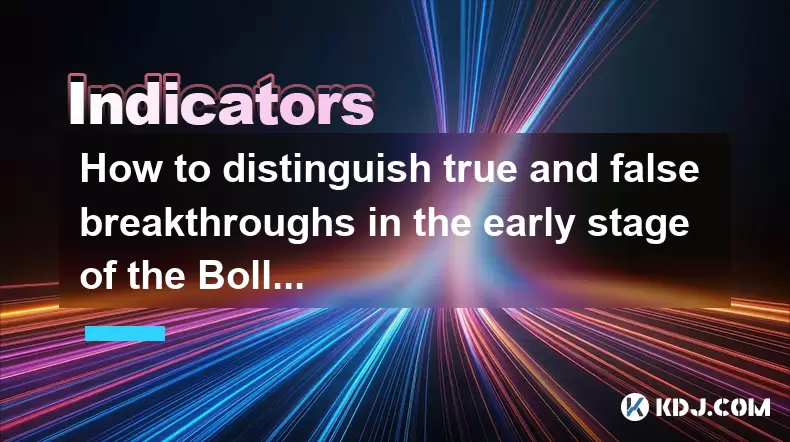-
 Bitcoin
Bitcoin $106,754.6083
1.33% -
 Ethereum
Ethereum $2,625.8249
3.80% -
 Tether USDt
Tether USDt $1.0001
-0.03% -
 XRP
XRP $2.1891
1.67% -
 BNB
BNB $654.5220
0.66% -
 Solana
Solana $156.9428
7.28% -
 USDC
USDC $0.9998
0.00% -
 Dogecoin
Dogecoin $0.1780
1.14% -
 TRON
TRON $0.2706
-0.16% -
 Cardano
Cardano $0.6470
2.77% -
 Hyperliquid
Hyperliquid $44.6467
10.24% -
 Sui
Sui $3.1128
3.86% -
 Bitcoin Cash
Bitcoin Cash $455.7646
3.00% -
 Chainlink
Chainlink $13.6858
4.08% -
 UNUS SED LEO
UNUS SED LEO $9.2682
0.21% -
 Avalanche
Avalanche $19.7433
3.79% -
 Stellar
Stellar $0.2616
1.64% -
 Toncoin
Toncoin $3.0222
2.19% -
 Shiba Inu
Shiba Inu $0.0...01220
1.49% -
 Hedera
Hedera $0.1580
2.75% -
 Litecoin
Litecoin $87.4964
2.29% -
 Polkadot
Polkadot $3.8958
3.05% -
 Ethena USDe
Ethena USDe $1.0000
-0.04% -
 Monero
Monero $317.2263
0.26% -
 Bitget Token
Bitget Token $4.5985
1.68% -
 Dai
Dai $0.9999
0.00% -
 Pepe
Pepe $0.0...01140
2.44% -
 Uniswap
Uniswap $7.6065
5.29% -
 Pi
Pi $0.6042
-2.00% -
 Aave
Aave $289.6343
6.02%
How to predict the trend turning point when the volume and price divergence occurs?
Volume and price divergence in crypto trading signals potential trend reversals, offering traders key insights when confirmed with tools like RSI or OBV.
Jun 20, 2025 at 10:56 pm

Understanding Volume and Price Divergence
In the realm of cryptocurrency trading, one of the most crucial indicators traders rely on is the relationship between volume and price. When these two metrics move in opposite directions, it's referred to as volume-price divergence. This phenomenon often signals a potential reversal or continuation of a trend, depending on the context.
For instance, if the price of a cryptocurrency like Bitcoin rises while its trading volume declines, this could suggest that the upward momentum is weakening. Conversely, if the price falls but volume increases, it might indicate strong selling pressure. Identifying these divergences early can provide traders with valuable insights into possible trend reversals.
Identifying Types of Divergence
There are primarily two types of volume-price divergence: bullish divergence and bearish divergence.
- Bullish divergence occurs when the price makes a new low, but the volume does not confirm this decline. This suggests that sellers are losing control and buyers may soon take over.
- Bearish divergence happens when the price hits a new high, yet the volume fails to rise accordingly. This indicates that the buying pressure is waning and a downward correction might be imminent.
Recognizing which type of divergence is forming helps traders anticipate market moves more accurately. It’s essential to use tools such as volume oscillators or on-balance volume (OBV) to spot these patterns effectively.
Using Technical Indicators to Confirm Divergence
To increase the reliability of volume-price divergence signals, traders often combine them with other technical indicators. Some commonly used ones include:
- Relative Strength Index (RSI): Helps identify overbought or oversold conditions, which can corroborate divergence signals.
- Moving Average Convergence Divergence (MACD): Useful for spotting changes in momentum that align with volume shifts.
- Volume Weighted Average Price (VWAP): Offers insight into where the majority of trading activity is occurring.
By overlaying these indicators on price charts, traders can better validate whether a divergence is genuine or just noise. For example, if RSI forms higher lows while price makes lower lows, it confirms a bullish divergence.
Timeframe Considerations in Divergence Analysis
The effectiveness of volume-price divergence depends heavily on the timeframe being analyzed. Short-term traders might focus on 1-hour or 4-hour charts, while long-term investors may look at daily or weekly data.
- On shorter timeframes, divergence may appear frequently but often lacks significance due to market noise.
- Longer timeframes tend to filter out false signals, offering more reliable trend reversal clues.
It’s also important to note that divergence appearing on multiple timeframes simultaneously significantly strengthens its validity. For instance, spotting bearish divergence on both the daily and weekly charts of Ethereum could signal a major top forming.
Practical Steps to Trade Based on Divergence
Trading based on volume and price divergence requires a structured approach. Here’s how you can implement it step by step:
- Select the right chart: Choose a chart that suits your trading style—day traders might go for candlestick charts with volume bars, while swing traders may prefer Heikin-Ashi or line charts.
- Mark recent price highs/lows: Draw horizontal lines at key support and resistance levels to identify potential reversal zones.
- Overlay volume data: Use volume histograms or OBV to compare with price movements.
- Check for alignment with other indicators: Ensure that divergence isn’t contradicting other signals from RSI, MACD, or moving averages.
- Wait for confirmation candles: Before entering a trade, wait for a clear candlestick pattern that confirms the reversal, such as a bullish engulfing or bearish pin bar.
- Set stop-loss and take-profit levels: Always define your risk-to-reward ratio before executing any trade.
This methodical process minimizes emotional decision-making and enhances objective analysis.
Common Pitfalls to Avoid
Even experienced traders sometimes fall into traps when interpreting divergence. Some common mistakes include:
- Overtrading minor divergences: Not every divergence leads to a reversal. Many are false alarms or part of normal market fluctuations.
- Ignoring market context: Divergence during strong trending markets may not be as effective. It works best in ranging or consolidating phases.
- Failing to adjust for news events: Sudden regulatory announcements or macroeconomic factors can override technical signals, making divergence less reliable.
Avoiding these pitfalls ensures that divergence remains a useful tool rather than a misleading indicator.
Frequently Asked Questions
Q: Can volume-price divergence work in all market conditions?
A: While volume-price divergence is a powerful tool, it performs best in sideways or moderately trending markets. In strongly trending environments, especially during news-driven spikes, divergence may produce misleading signals.
Q: How do I differentiate between real and fake divergence?
A: Real divergence typically appears alongside confluence from other indicators like RSI or MACD. Fake divergence often lacks this alignment and doesn’t result in a meaningful price reversal.
Q: Should I always wait for candlestick confirmation before trading divergence?
A: Yes, candlestick confirmation adds an extra layer of reliability. Without it, you risk acting on premature signals that may not materialize into actual trend reversals.
Q: Is divergence more effective in certain cryptocurrencies?
A: Divergence tends to be more reliable in larger, more liquid cryptocurrencies like Bitcoin and Ethereum. Low-cap altcoins may exhibit erratic volume behavior, making divergence less dependable.
Disclaimer:info@kdj.com
The information provided is not trading advice. kdj.com does not assume any responsibility for any investments made based on the information provided in this article. Cryptocurrencies are highly volatile and it is highly recommended that you invest with caution after thorough research!
If you believe that the content used on this website infringes your copyright, please contact us immediately (info@kdj.com) and we will delete it promptly.
- Seed Phrase, Self Custody, and Liability: Are You Really Your Own Bank?
- 2025-06-21 04:25:11
- Bitcoin Demand Dries Up: Capital Exits and Market Indecision
- 2025-06-21 04:25:11
- Ripple, RLUSD, and Alchemy Pay: A New Era of Crypto Accessibility
- 2025-06-21 04:45:12
- Bitcoin, Quantum Computers, and Cryptography: Navigating the Post-Quantum Landscape in NYC
- 2025-06-21 04:45:12
- Coinbase's Luxembourg Leap: MiCA License Secured, Europe Domination in Sight!
- 2025-06-21 05:05:12
- Staked Ether, Corporate Crypto, and Finance Adoption: A New York Minute
- 2025-06-21 02:45:13
Related knowledge

Does the sudden contraction of ATR indicate the end of the trend?
Jun 20,2025 at 11:14pm
Understanding ATR and Its Role in Technical AnalysisThe Average True Range (ATR) is a technical indicator used to measure market volatility. Developed by J. Welles Wilder, ATR calculates the average range of price movement over a specified period, typically 14 periods. It does not indicate direction—only volatility. Traders use ATR to gauge how much an ...

Is the trend continuation when the Williams indicator is oversold but there is no rebound?
Jun 20,2025 at 11:42pm
Understanding the Williams %R IndicatorThe Williams %R indicator, also known as the Williams Percent Range, is a momentum oscillator used in technical analysis to identify overbought and oversold levels in price movements. It typically ranges from 0 to -100, where values above -20 are considered overbought and values below -80 are considered oversold. T...

Is the golden cross of the ROC indicator below the zero axis effective?
Jun 20,2025 at 09:42pm
Understanding the ROC Indicator and Its Role in Cryptocurrency TradingThe Rate of Change (ROC) indicator is a momentum oscillator widely used by traders to assess the speed at which cryptocurrency prices are changing. It measures the percentage difference between the current price and the price from a certain number of periods ago. The ROC helps identif...

How to confirm the validity of the upward divergence after the moving average sticks together?
Jun 21,2025 at 01:36am
Understanding the Basics of Moving Averages and DivergenceIn technical analysis, moving averages are crucial tools used to smooth out price data over a specified time period. When multiple moving averages converge or 'stick together,' it often indicates a consolidation phase in the market. This phenomenon can be a precursor to significant price movement...

Is the long upper shadow of the K-line accompanied by large volume a signal of peaking?
Jun 21,2025 at 12:28am
Understanding the Long Upper Shadow K-LineThe long upper shadow of a K-line is a common candlestick pattern that often appears during price action analysis. It consists of a small real body with a long upper wick, indicating that the price rose significantly during the period but was ultimately rejected and closed lower than its high. This pattern can s...

How to distinguish true and false breakthroughs in the early stage of the Bollinger Band opening?
Jun 20,2025 at 10:35pm
Understanding the Bollinger Band StructureBollinger Bands consist of three lines: a simple moving average (SMA) in the middle, and two outer bands that are standard deviations away from the SMA. These bands expand and contract based on market volatility. When the bands begin to widen, it often signals an increase in price volatility, which traders inter...

Does the sudden contraction of ATR indicate the end of the trend?
Jun 20,2025 at 11:14pm
Understanding ATR and Its Role in Technical AnalysisThe Average True Range (ATR) is a technical indicator used to measure market volatility. Developed by J. Welles Wilder, ATR calculates the average range of price movement over a specified period, typically 14 periods. It does not indicate direction—only volatility. Traders use ATR to gauge how much an ...

Is the trend continuation when the Williams indicator is oversold but there is no rebound?
Jun 20,2025 at 11:42pm
Understanding the Williams %R IndicatorThe Williams %R indicator, also known as the Williams Percent Range, is a momentum oscillator used in technical analysis to identify overbought and oversold levels in price movements. It typically ranges from 0 to -100, where values above -20 are considered overbought and values below -80 are considered oversold. T...

Is the golden cross of the ROC indicator below the zero axis effective?
Jun 20,2025 at 09:42pm
Understanding the ROC Indicator and Its Role in Cryptocurrency TradingThe Rate of Change (ROC) indicator is a momentum oscillator widely used by traders to assess the speed at which cryptocurrency prices are changing. It measures the percentage difference between the current price and the price from a certain number of periods ago. The ROC helps identif...

How to confirm the validity of the upward divergence after the moving average sticks together?
Jun 21,2025 at 01:36am
Understanding the Basics of Moving Averages and DivergenceIn technical analysis, moving averages are crucial tools used to smooth out price data over a specified time period. When multiple moving averages converge or 'stick together,' it often indicates a consolidation phase in the market. This phenomenon can be a precursor to significant price movement...

Is the long upper shadow of the K-line accompanied by large volume a signal of peaking?
Jun 21,2025 at 12:28am
Understanding the Long Upper Shadow K-LineThe long upper shadow of a K-line is a common candlestick pattern that often appears during price action analysis. It consists of a small real body with a long upper wick, indicating that the price rose significantly during the period but was ultimately rejected and closed lower than its high. This pattern can s...

How to distinguish true and false breakthroughs in the early stage of the Bollinger Band opening?
Jun 20,2025 at 10:35pm
Understanding the Bollinger Band StructureBollinger Bands consist of three lines: a simple moving average (SMA) in the middle, and two outer bands that are standard deviations away from the SMA. These bands expand and contract based on market volatility. When the bands begin to widen, it often signals an increase in price volatility, which traders inter...
See all articles

























































































